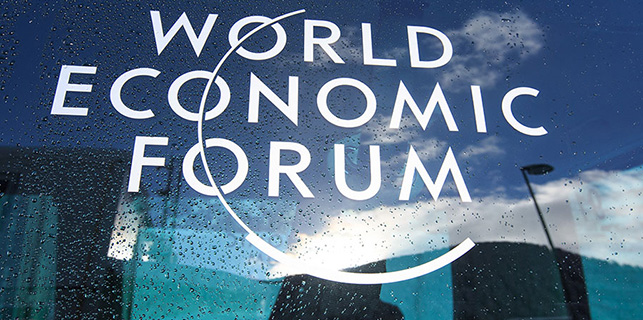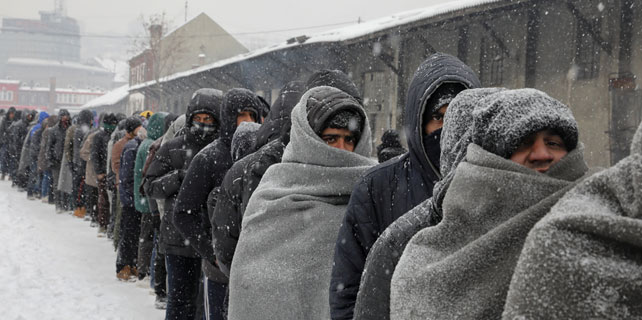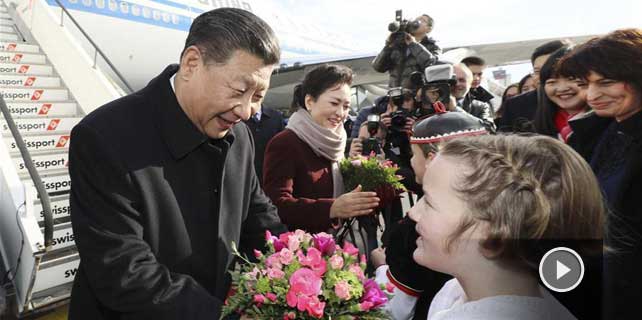Voice becomes smart-home star
Asia market
The firm predicts that by 2020, Asia will receive 180 million shipments annually, compared to the 190 million in America, and by late 2020 to 2021, the Asian market will overtake that of the Americas.
Jeff Armstrong, director of product management at Hisense USA, the US arm of Chinese electronics maker, said at CES that "as more millennials who grew up with the internet gain more spending power as they get older, I think they're going to consume more and more smart products."
He said that this is following "a wave of momentum and it's not just in the home, it's not just in appliances, it's everything. Smart IoT technology is invading every product category that we have," referring to the "internet of things", which describes the interconnectivity of devices.
Wayne Davis, general manager of the Haier brand under GE Appliances, said that the industry is starting to see consumers talk about connectedness and ask for products that are connected to each other. "As a consumer myself, when I'm looking for new gadgets or appliances or electronics, I always want to see what the connected piece of that is," he said.
Though the Asia market presents huge opportunity, IHS' Kozak said the biggest challenge for Western brands is the high price of their products. Security cameras like the Nest Cam cost upwards of $500 in the US, compared to products in China that have the same specifications but might cost less than $100.
"There's a big difference in price, so in China I think the primary difference will be volume. There's going to be a lot of products entering the market because it's less risk for the consumer to buy these devices. It's not going to break someone's budget to buy many plugs or light bulbs or video cameras," he said.
Another differentiator in the Chinese market is the demand for products that can make the home healthier.
Kozak said air-improvement products are more popular in China because of pollution. "In China, the difference really is more appliance-driven - air purifiers and devices that monitor for pollutants and things like that," he said.
Hisense has been emphasizing its smart products, particularly air conditioners that can automatically adjust settings based on temperature and humidity levels.
Cleaning robots
Along with air-improvement appliances, cleaning robots are also going to be more widely-used in Chinese homes, said Chris Jones, vice-president of technology at the Massachusetts-based iRobot, which created the popular robot vacuum cleaner Roomba.
It released a new cleaning bot last year, the Braava Jet 240, a mopping robot that was created with the Chinese customer in mind because of the different cleaning needs in Chinese households, which are more suited to the Braava. The 7-inch-by-7-inch Braava Jet mops tiled and hard floors in wet and dry modes.
"That really is a big discriminating need - hard surfaces, need to do mopping, more particulates in the air, needing to keep the home clean with respect to that type of dirt," Jones said.
iRobot has been in China since 1999 and has seen strong growth in China; it opened multiple offices in China over the last several years and installed new headquarters in Shanghai.
"The Chinese economy is growing, the middle class is growing, so there is a lot of demand in being able to bring devices like this into their homes to help them manage their homes," he said. "We think there's a lot of growth opportunity there and we think it could be north of a $1 billion market for us," said Jones.
Contact the writer at amyhe@chinadailyusa.com









